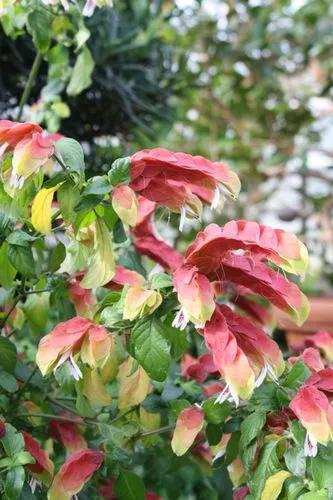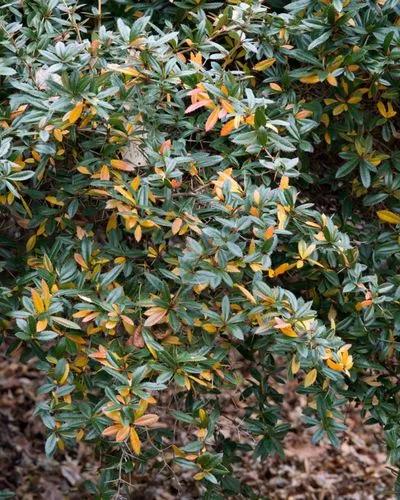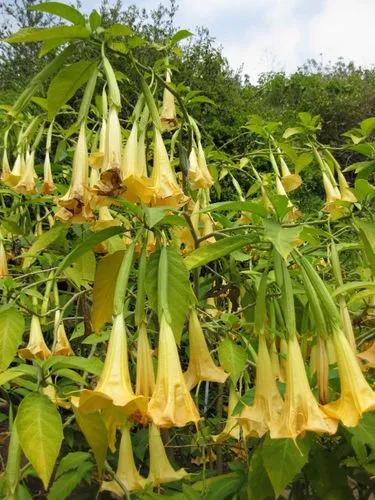Syringa reticulata, the Japanese tree lilac is a species of flowering plant in the family Oleaceae native to eastern Asia, which is grown as an ornamental in Europe and North America. It is a deciduous small tree growing to a height of 39' (12 m), rarely to 49' (15 m), with a trunk up to 11.8" (30 cm), rarely 15.7" (40 cm) diameter; it is the largest species of lilac, and the only one that regularly makes a small tree rather than a shrub. The leaves are elliptic-acute, 1"-6"(2.5–15 cm) long and 1/2"-4" (1–8 cm) broad, with an entire margin, and a roughish texture with slightly impressed veins. The flowers are white or creamy-white, the corolla with a tubular base 0.16"-0.24"(4–6 mm) long and a four-lobed apex 0.12"-0.24" (3–6 mm) across, and a strong fragrance; they are produced in broad panicles 2"-11" (5–30 cm) long and 1"-8" (3–20 cm) broad in early summer. The fruit is a dry, smooth brown capsule (15–25 mm long), splitting in two to release the two winged seeds.
Japanese Tree Lilac Care
Syringa Reticulata



Syringa reticulata, commonly called Chinese tree lilac, typically grows as a small tree or large shrub. In tree form, it grows to 30’ tall and 20’ wide with an oval-rounded crown. Its best ornamental feature is its showy, fragrant, creamy white flowers which bloom in upright panicles to 12” long in late spring to early summer (later than most other lilac species). Some gardeners dislike the privet-like smell of the flowers. Flowers give way to loose clusters of brown capsules that persist into winter. Reddish-brown peeling bark is attractive on younger branches, gradually turning gray with age. Sharply-tipped, lanceolate to ovate, dark green leaves (to 6” long). No fall color. Genus name comes from the Greek word syrinx meaning tube or pipe in reference to the pith-filled but easily-hollowed stems of some genus plants. Specific epithet means netted-veined in reference to the leaf veins. Syringa reticulata subsp. reticulata is native to Japan and is sometimes commonly called Japanese tree lilac. Syringa reticulata subsp. pekinensis is native to China and is sometimes commonly called Chinese tree lilac or Peking lilac. Syringa reticulata subsp. amurensis is native to Korea and eastern Russia and is commonly called Amur tree lilac or Amur lilac.
How to Care for the Plant

Popularity

705 people already have this plant 73 people have added this plant to their wishlists
Discover more plants with the list below
Popular articles






